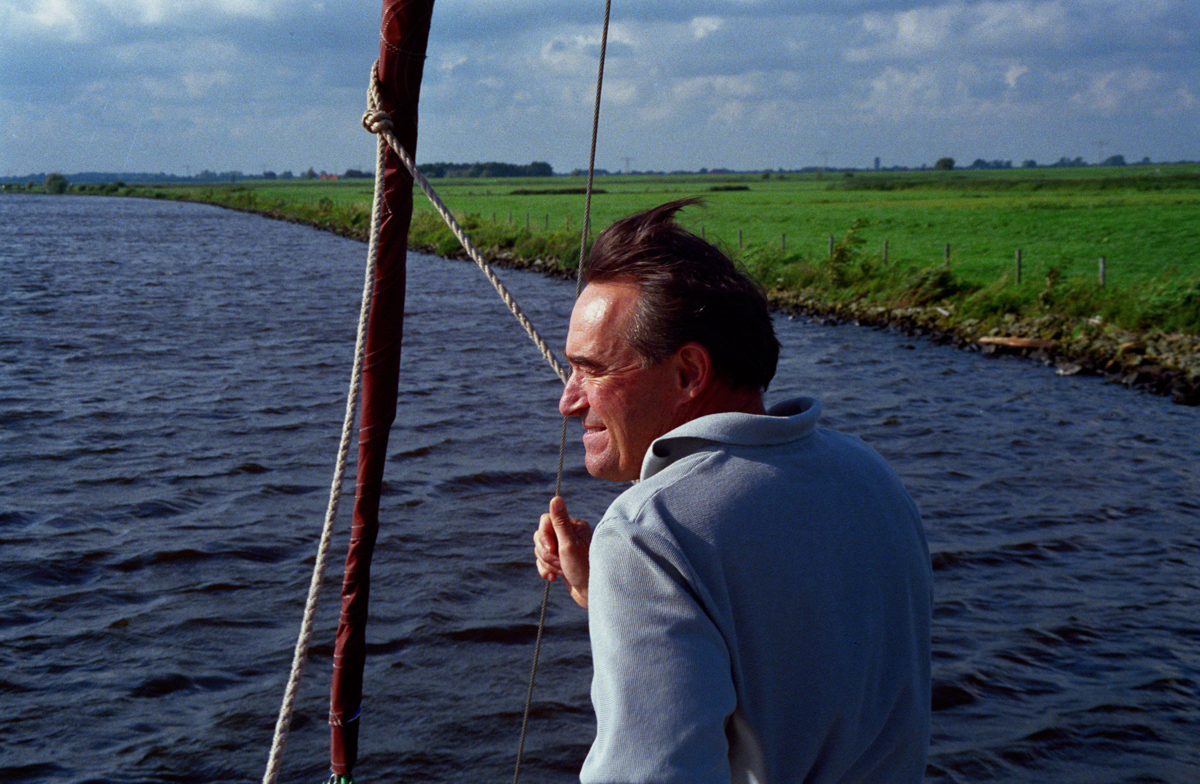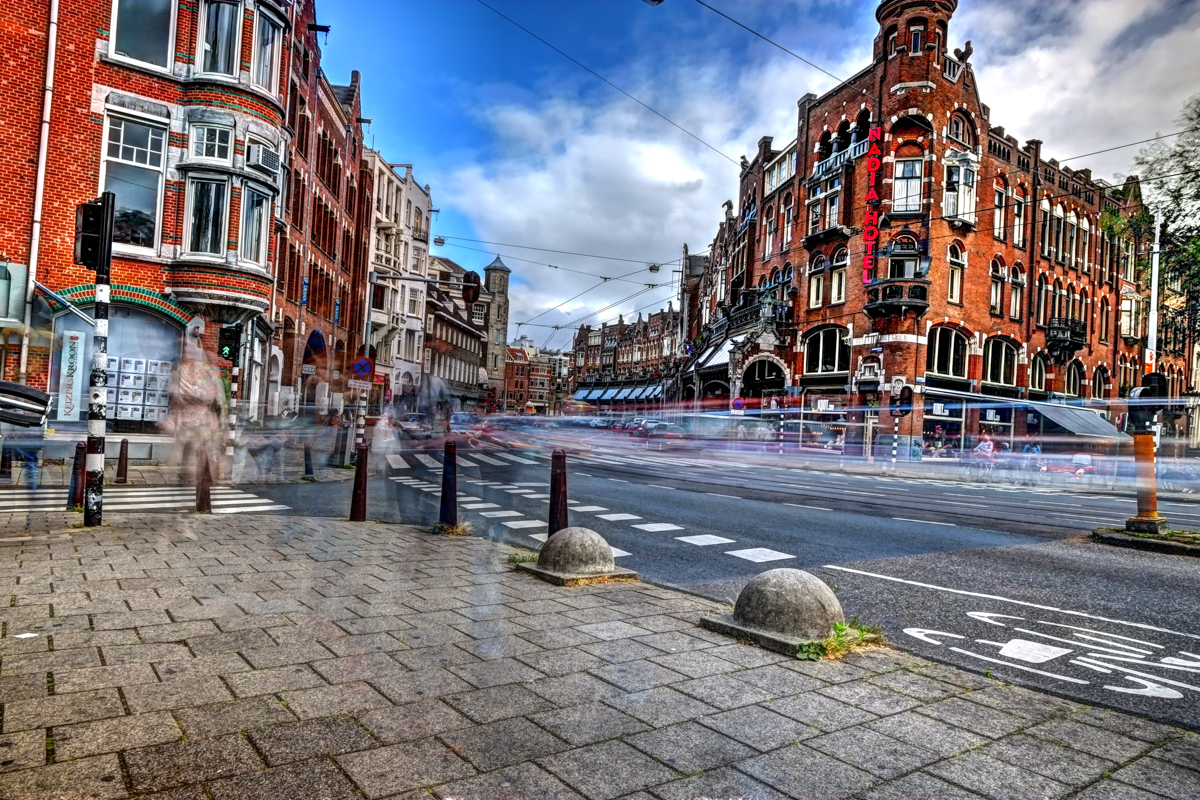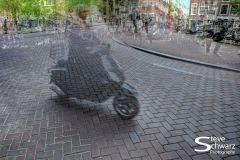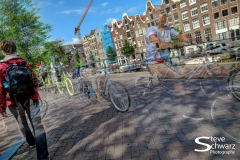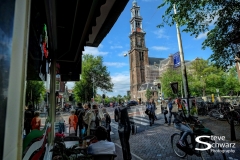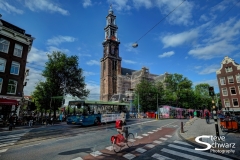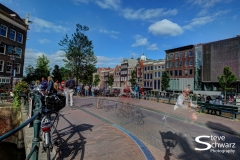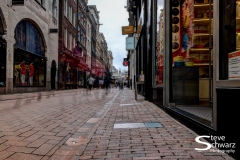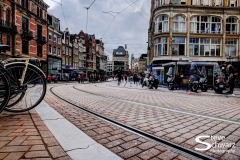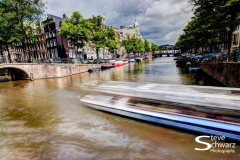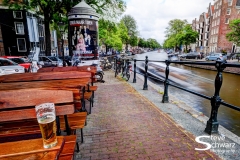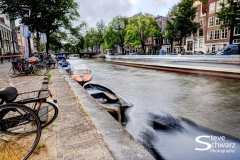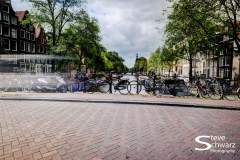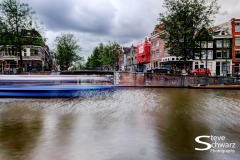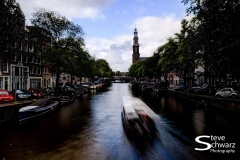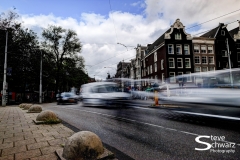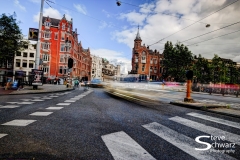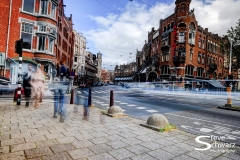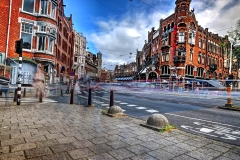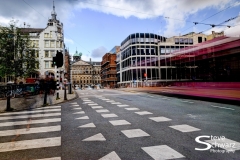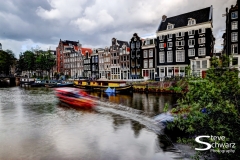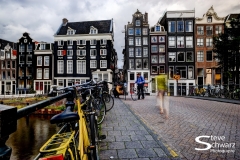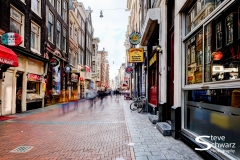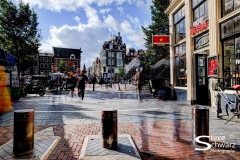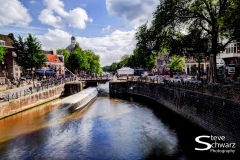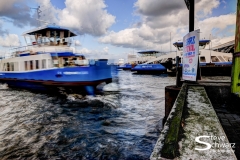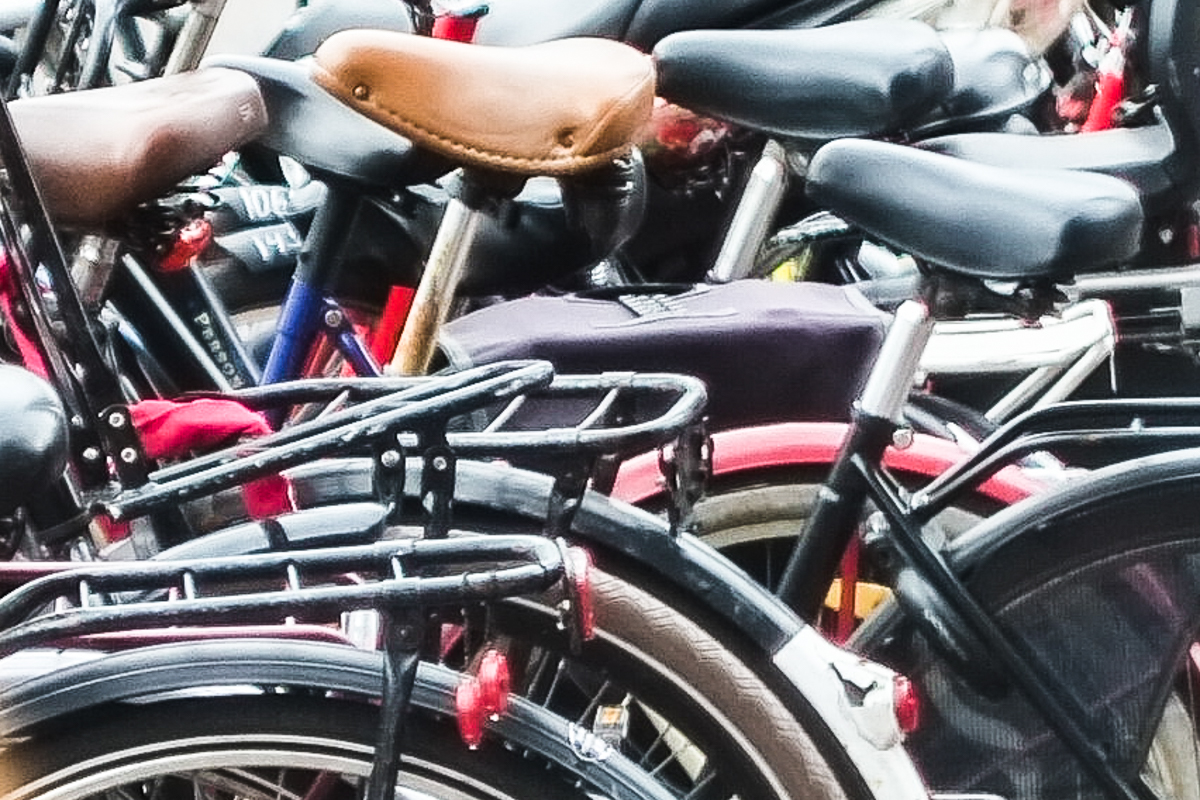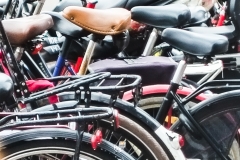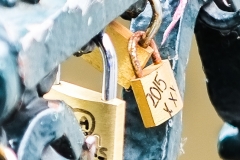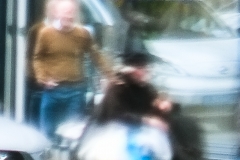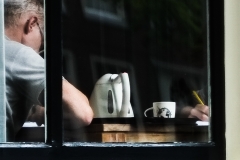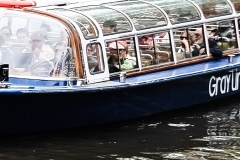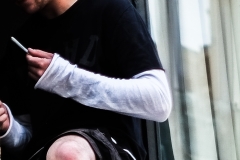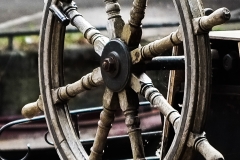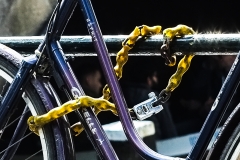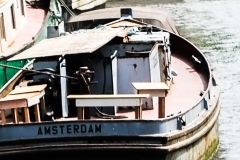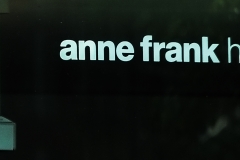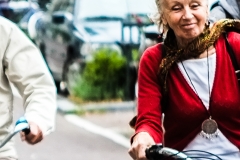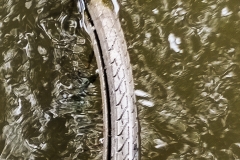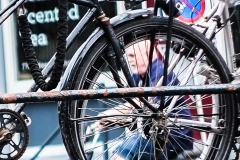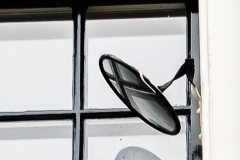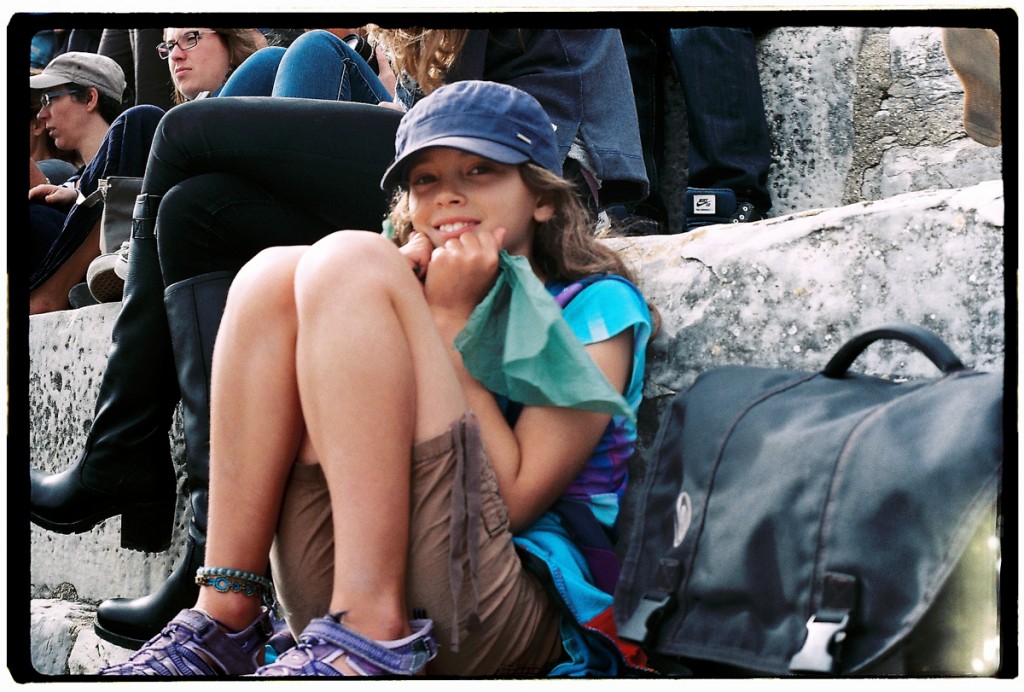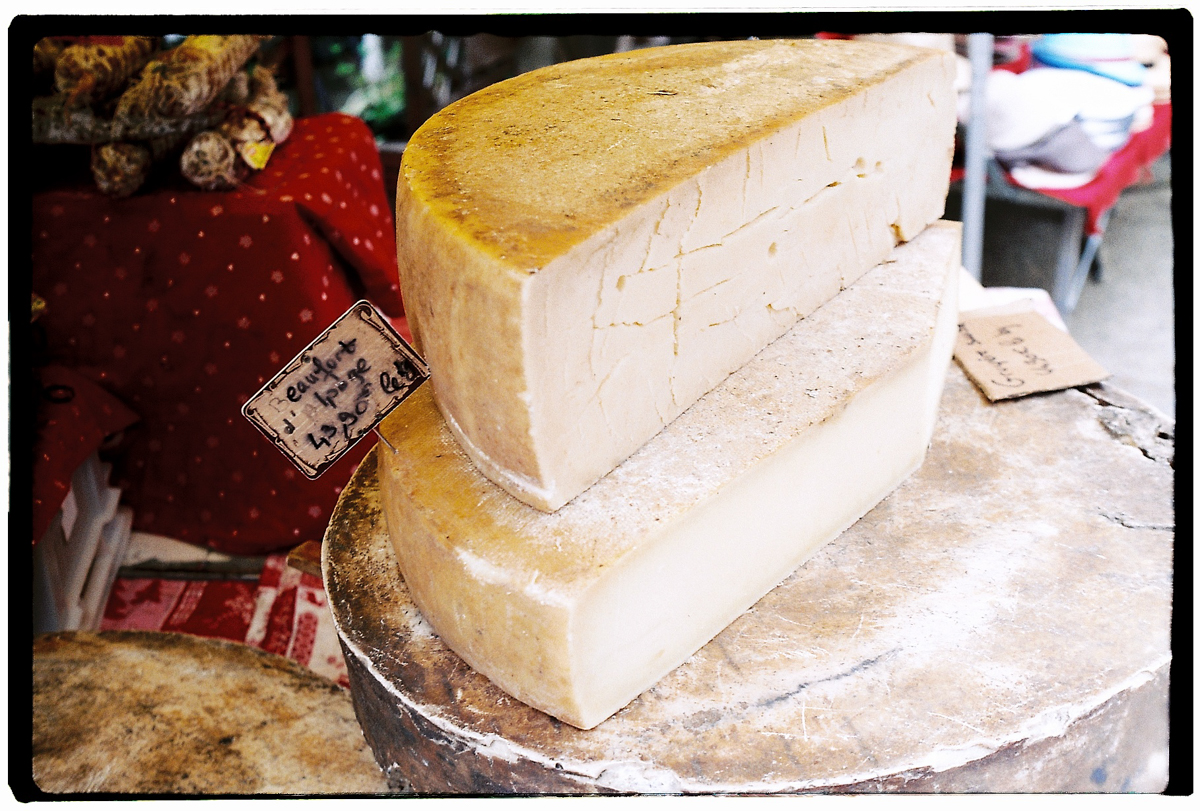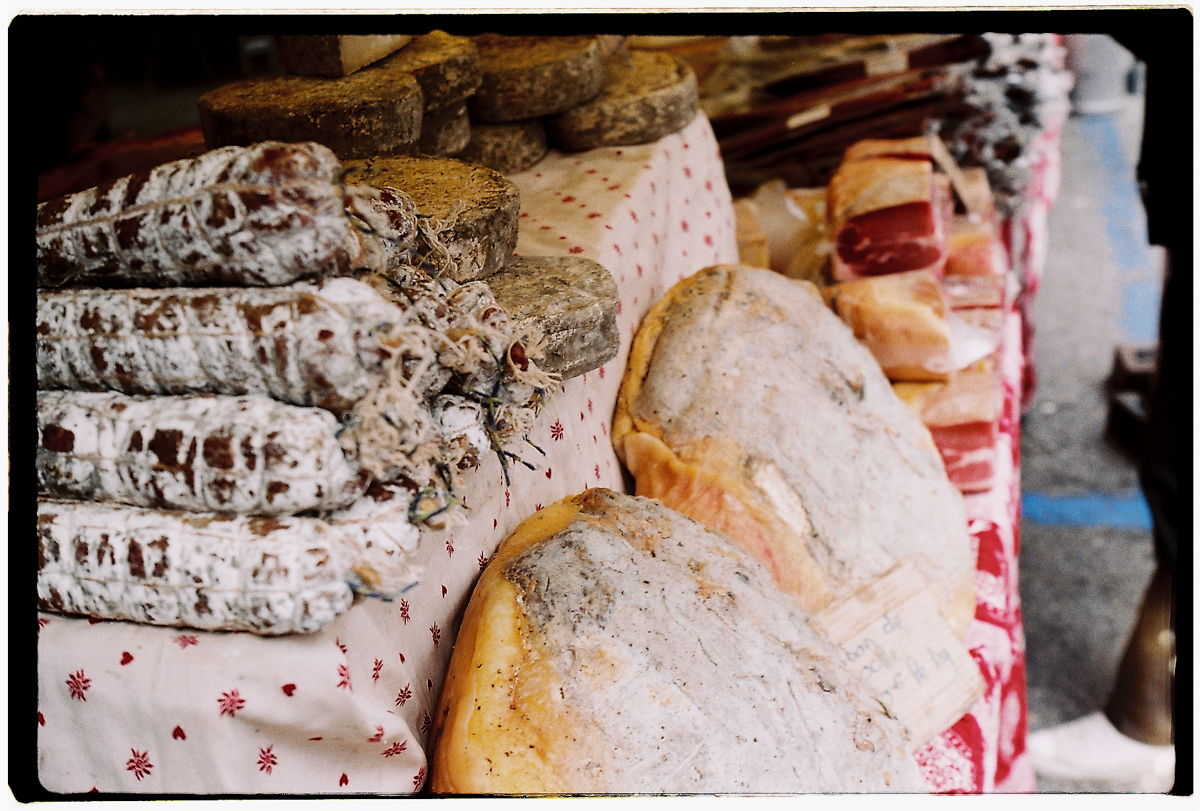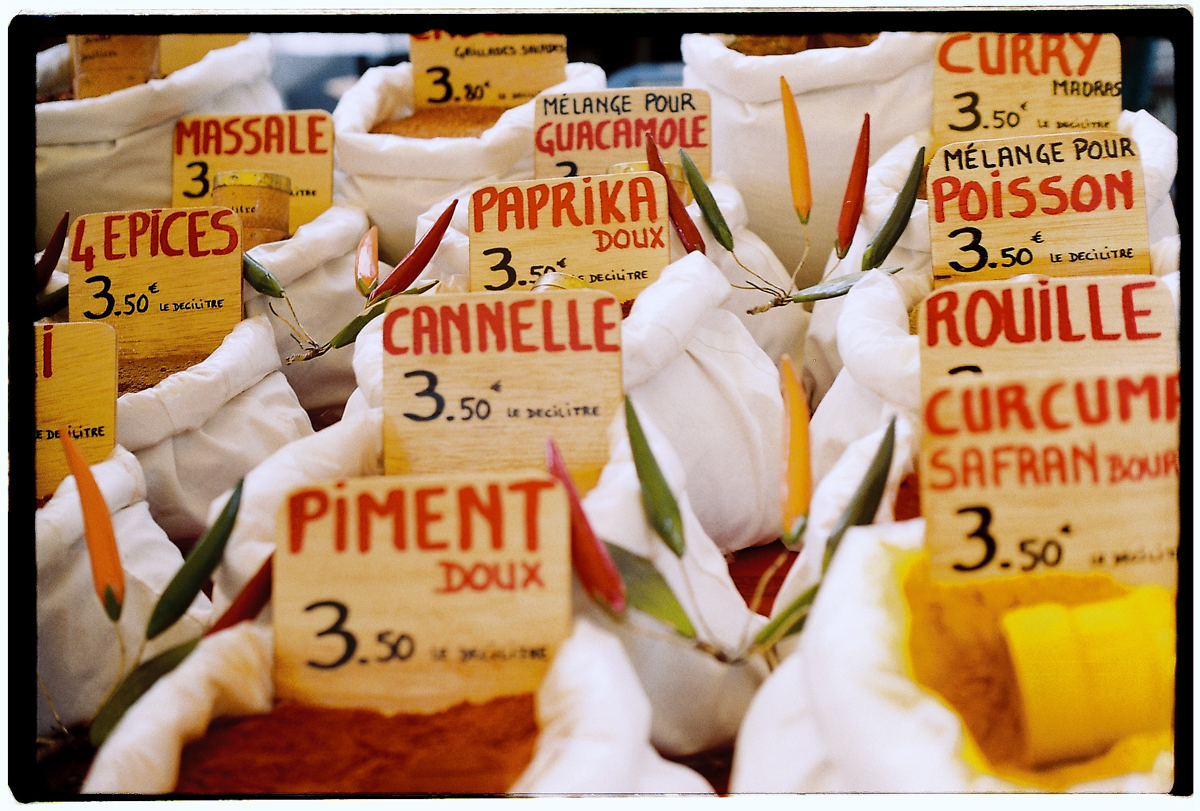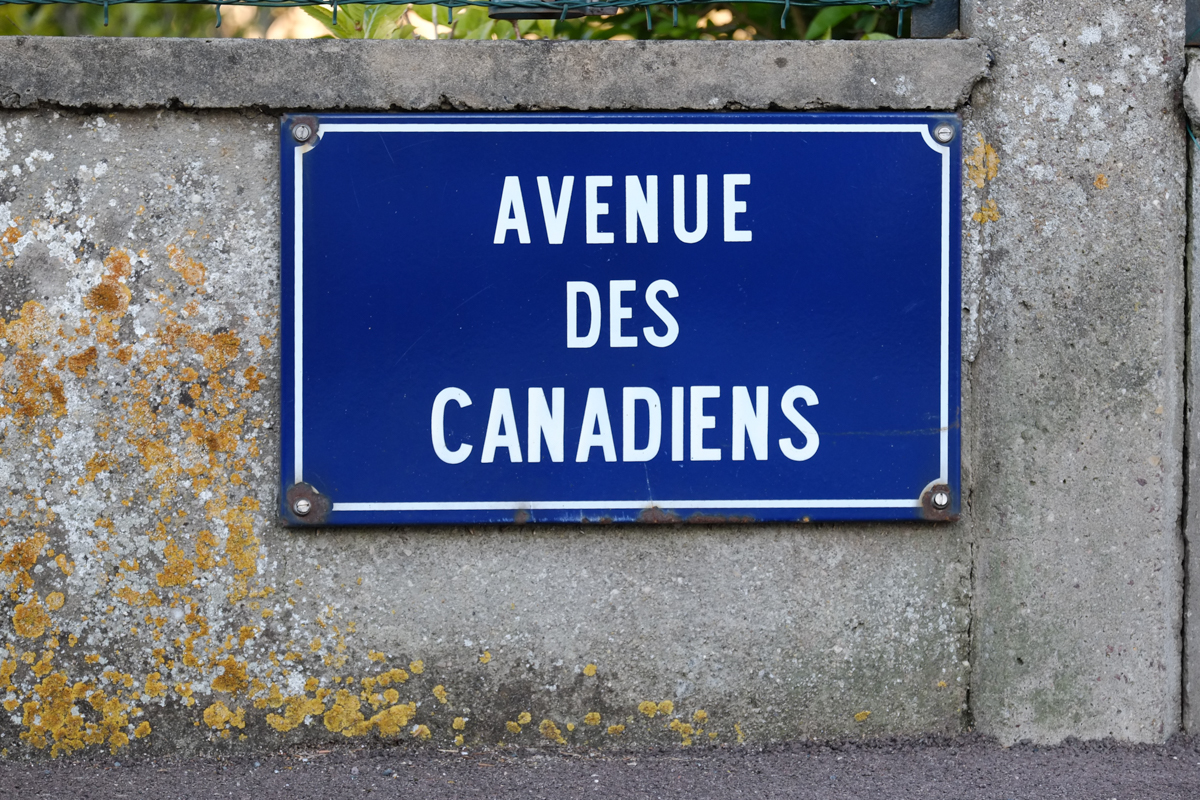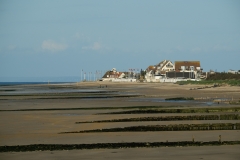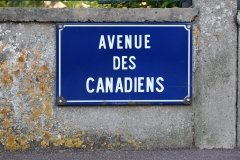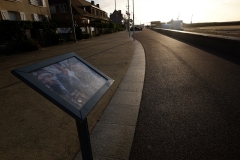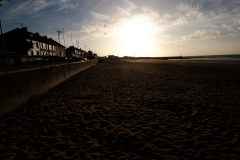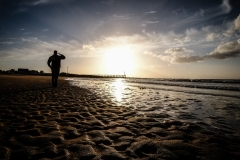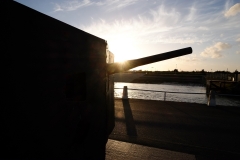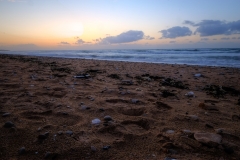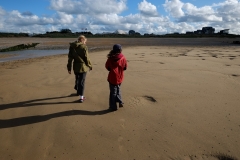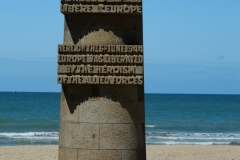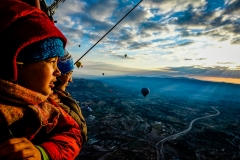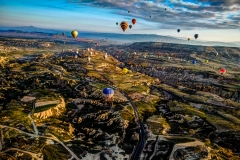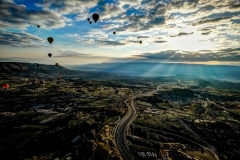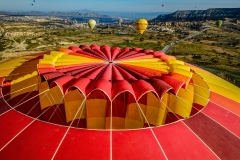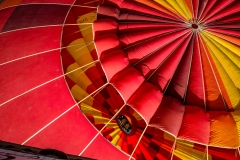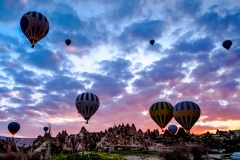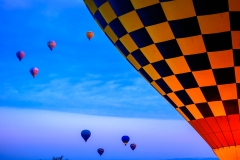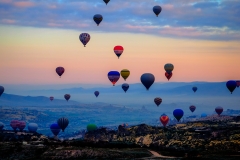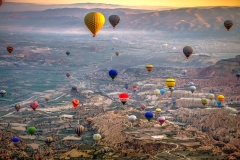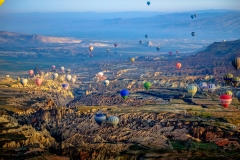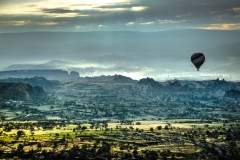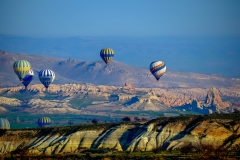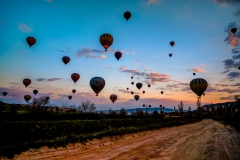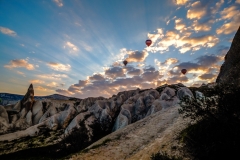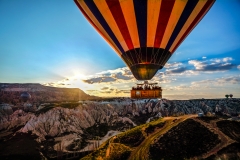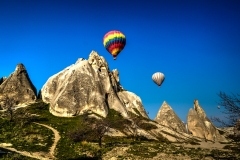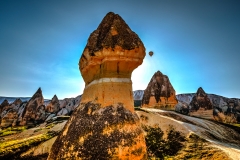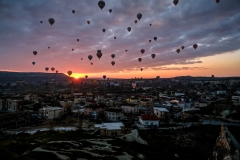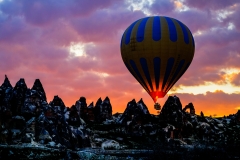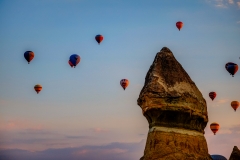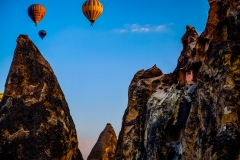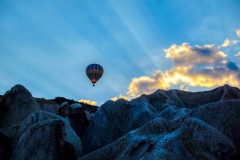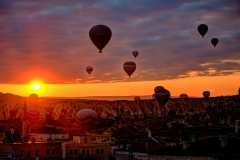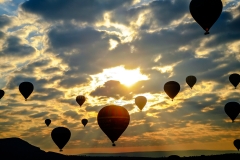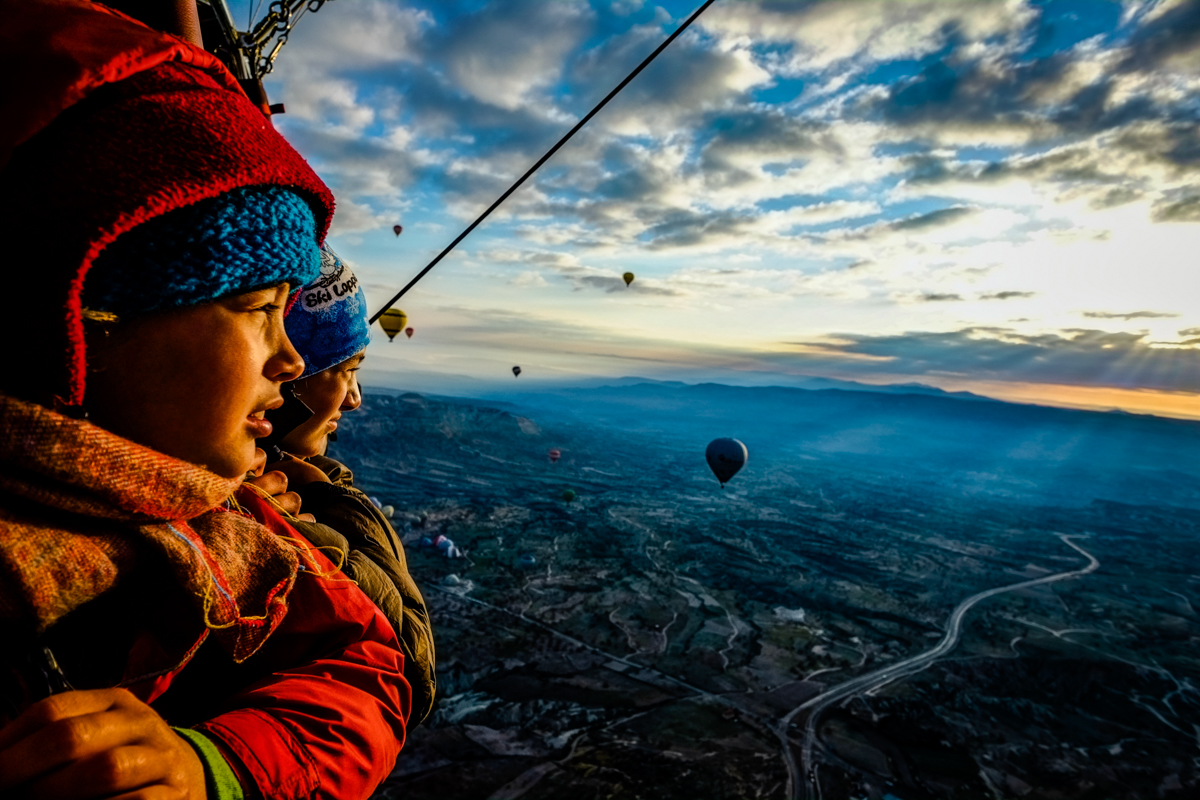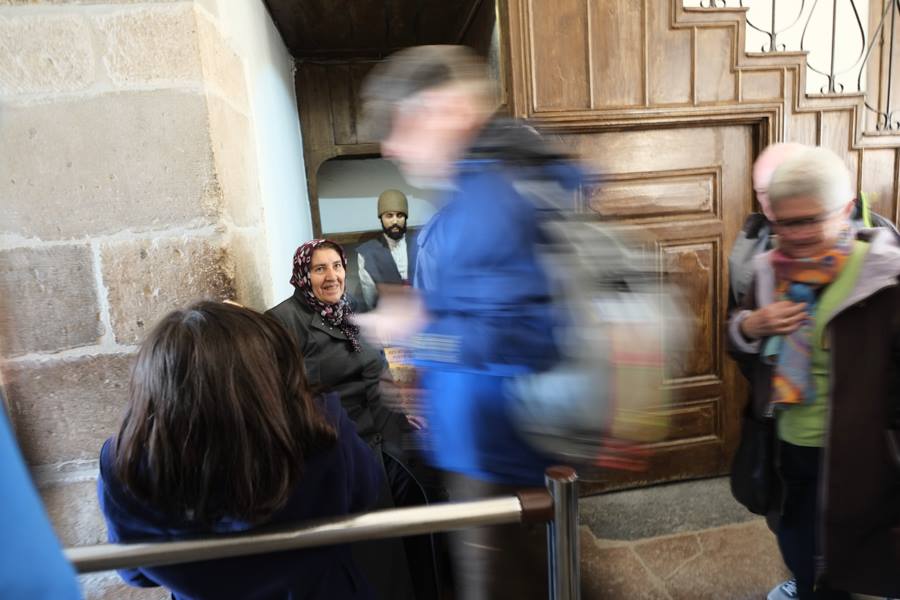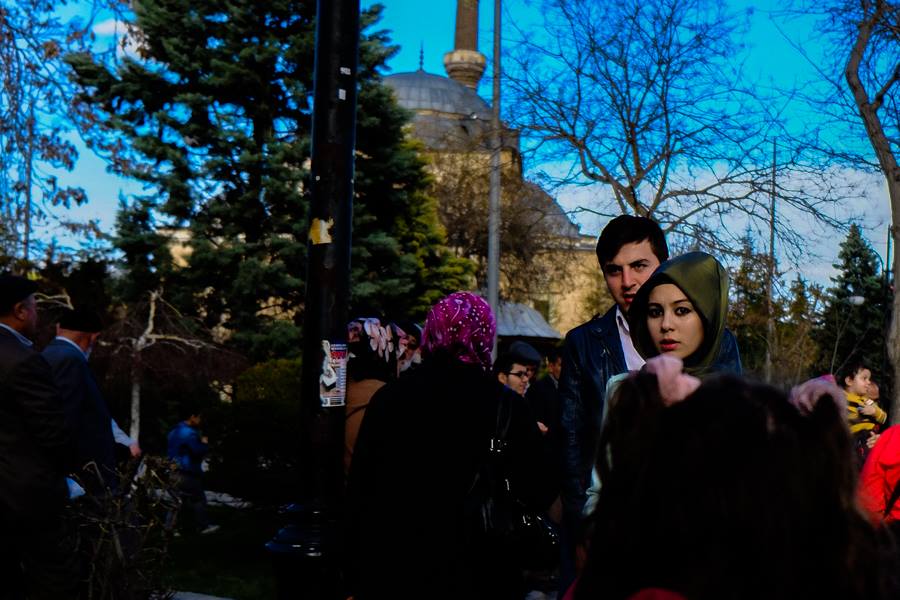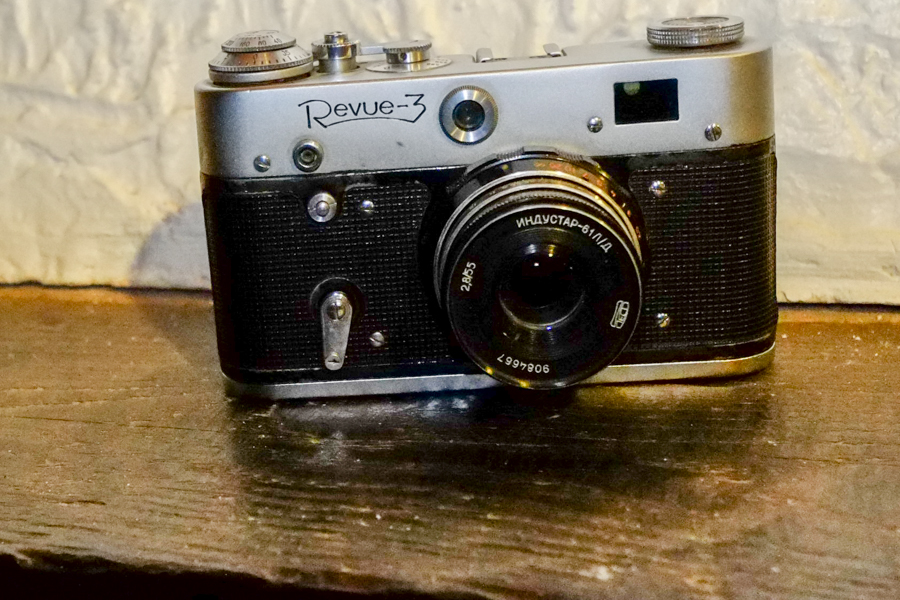My father passed away in 1989. Today (June 23, 2015) would have been his 80th birthday. He died of cancer when I was 21.
My father was born in the Netherlands and moved to Dutch East Indies (now known as Indonesia) in 1937 at age 2. In 1938 his brother (my uncle) was born. By late 1941 the threat of invasion loomed, and the family moved from Batavia (now known as Jakarta) to a remote region. In early 1942 there were dogfights between Japanese and Dutch airplanes overhead, and a few weeks later Japanese soldiers arrived at their house to take them away. My father, his younger brother and mother were sent to a prisoner of war camp, while his father, an eye doctor in the Dutch Army, was sent to a military hospital to treat Japanese soldiers.
As a child I always wanted to learn more about life in the prisoner of war camps. To my young mind, the stories my father told gave me the impression he was like a superhero in a comic book, with thrilling an exciting tales of sneaking out of the camp to steal food, being chased by Japanese guards, endlessly outwitting the guards, and more. In reality, it was not a fun time. There were many horrors in the camp. Captives were tortured, starved, beaten, or raped. Although, not always directed at my father and his family, they had to watch. Sickness (malaria, dysentery), due to malnutrition also took its toll on the captives. The stories my father told me, were few and far between, and would always end abruptly. Only years later, did I learn how much sugar coating he actually added to the stories. He (thankfully) did not want to expose his children to the real details.
My father, his brother and his mother returned to the Netherlands in 1946. En route, his brother contracted pneumonia and was close to death. Thankfully, he survived. It was challenging adjusting to a new life in the Netherlands in the years following the war. Even though the language was the same, there were different customs and different views of hardship during the war. The newcomers were not accepted by those that had lived in the Netherlands during the war – believing that they had suffered greatly during the Nazi occupation. Although, this was certainly a difficult time in the Netherlands, living in a Japanese controlled prisoner of war camp was worse. During adulthood, my father hid the emotional pain by pushing it to the back of his brain, whereas his younger brother had a bout with depression and sought medical help.
This month I am in the Netherlands. I want to know how his years in prisoner of war camps affected him, how it changed his life, and how his experience was passed on to his children. Without a doubt, my father’s war-time experience, either intentional or by behavior or habits has been passed on to me, and my brother and sister. I know that some of these prisoner of war camp related habits affect me in my day-to-day life, and I know that some of these habits are unintentionally being passed on to my own children. Most likely, when my children are grown up and have their own families, some of the very same habits and behaviors will be passed on their children.
For myself, now at almost the same age that my father was when he died and my children are now the same age as my father was during those years in the prisoner of war camps – I desperately want to learn more about him, his experiences, and how his life was shaped by those horrible years in the camps.
A week ago, I went to visit my uncle, at his invitation to talk – to talk about things I had previously been told not to ask about. It was not easy for either of us – for him to dig deep in to his memories of those years in prisoner of war camps and to re-live and tell those stories, some of which he had never told anyone before. It was also hard for me to listen to someone who had been there and had lived those experiences – the very same experiences that my father carried silently for all those years.
Today, June 23 would have been his 80th birthday. After that long conversation with his brother, a few more pieces of the puzzle are now in place, and, if my father were alive today, I would truly know my own superhero.
